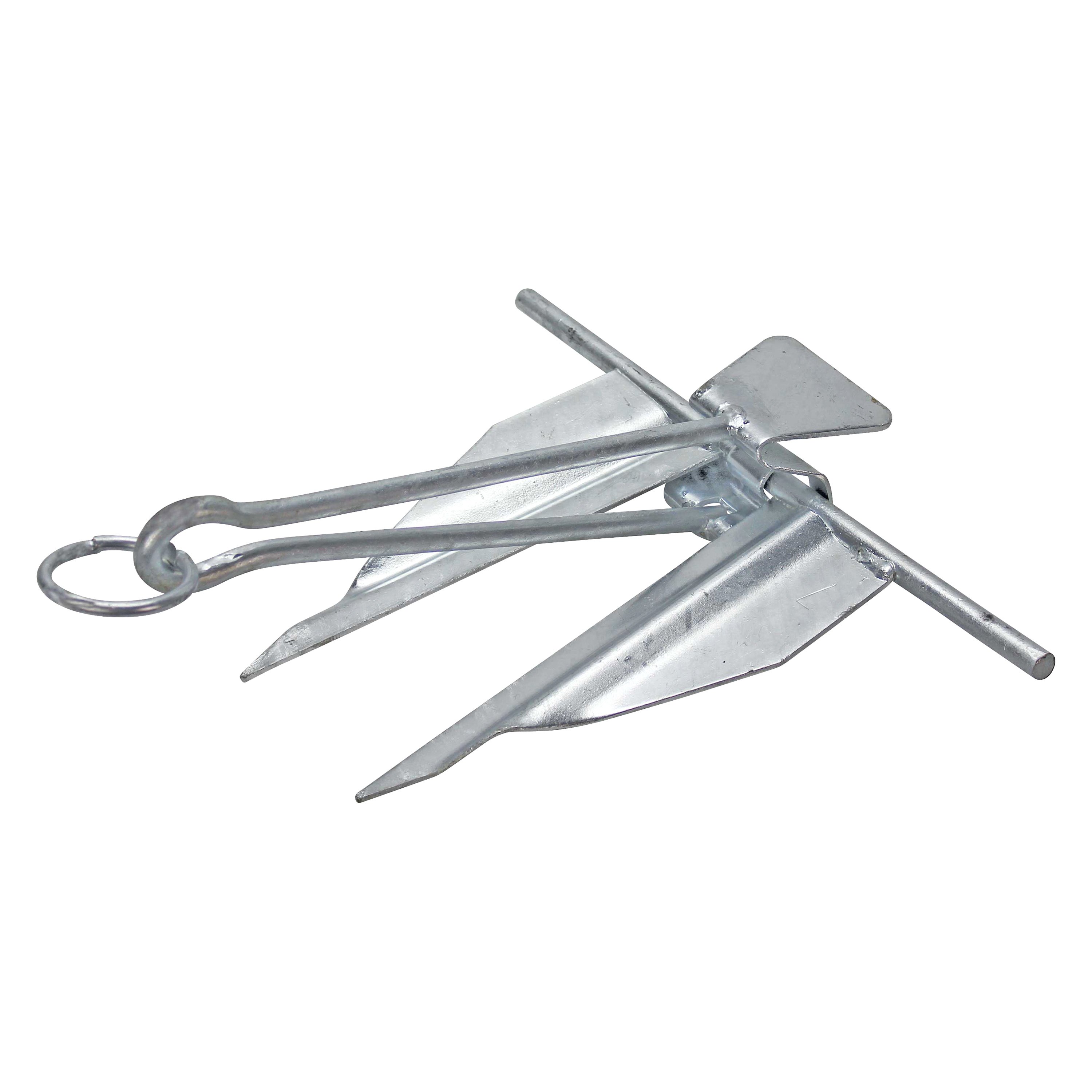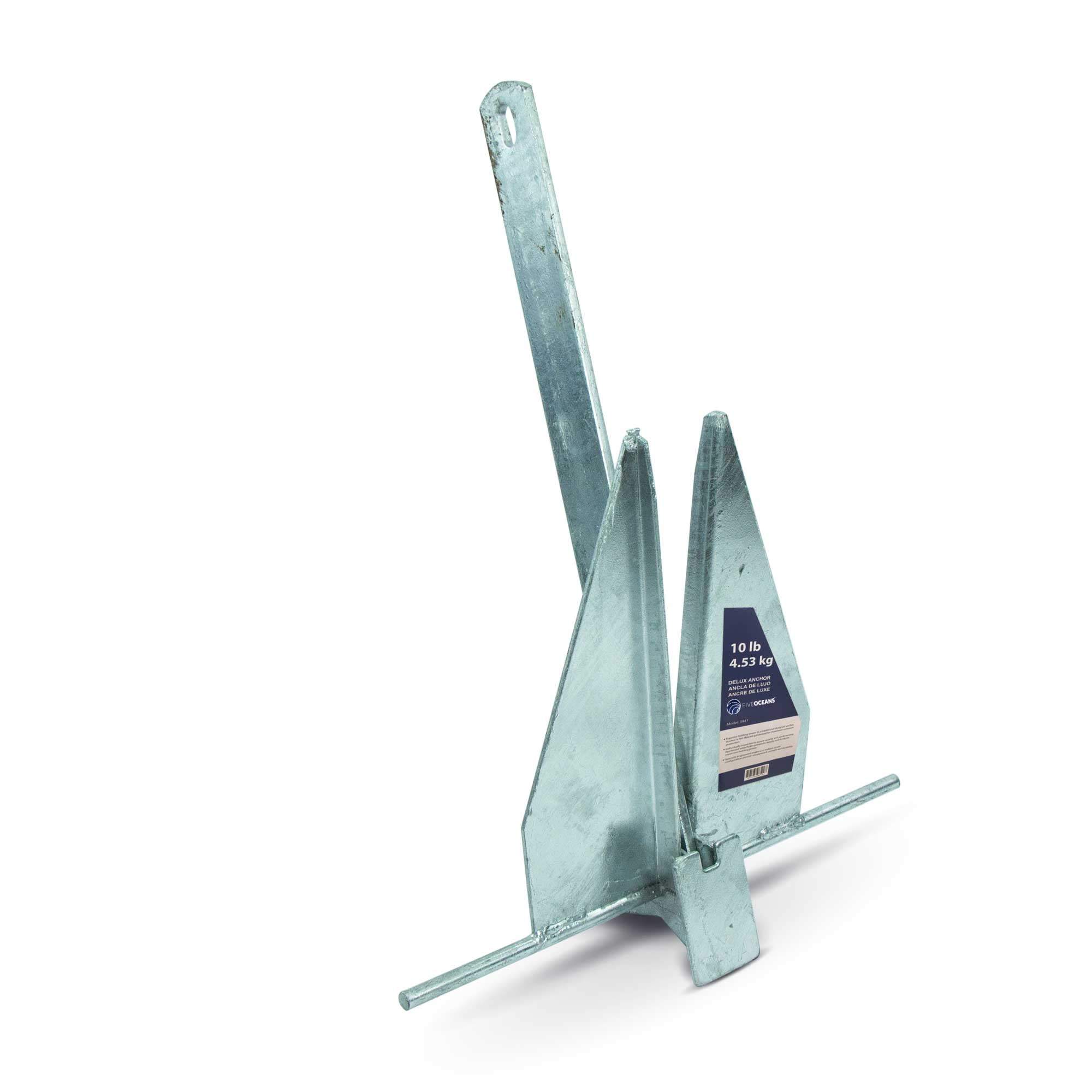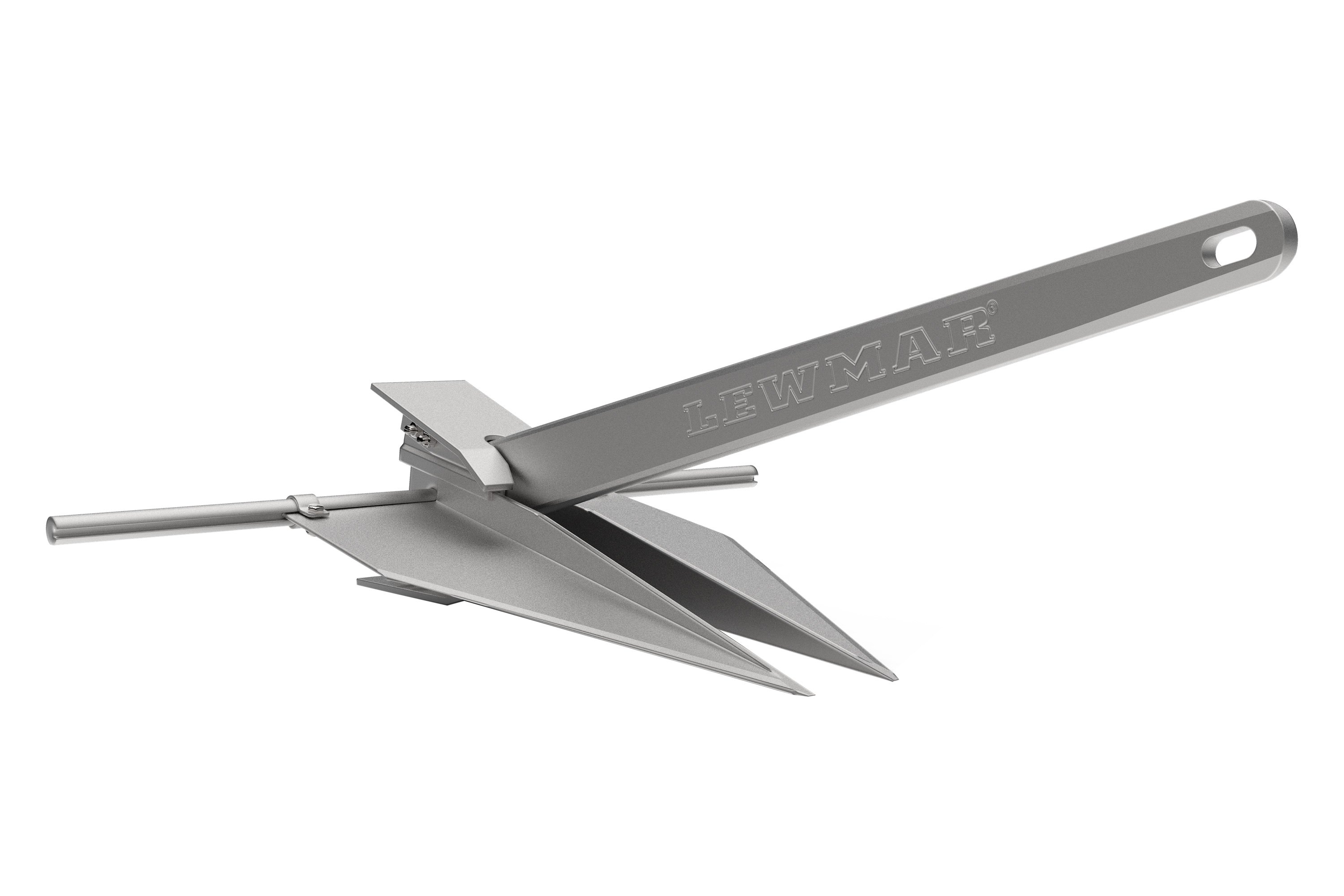

The casting marks also indicate that it was The additional steel added to the flukes has made it even heavier. You'll note that the flukes (the large flat teeth) of this particular anchor have been widened to increase its holding power once set into the seabed.Īs indicated by the casting marks on the shank, this anchor originally weighed 5,000 lbs. Its lightweight and compact flat design make it easy to retrieve and relatively easy to store. The design is a burying variety, and once well set can develop high resistance. Tripping palms at the crown act to tip the flukes into the seabed. The stock is hinged so the flukes can orient toward the bottom. It uses a stock at the crown to which two large flat triangular flukes are attached. American Richard Danforth invented the Danforth pattern in the 1940s for use aboard landing craft. The anchor on exhibit here is a fluke-style or "Danforth" anchor. Mechanical devices with "teeth" that could dig into the bottom of the sea and be easily retrieved by the ship's crew for reuse were soon standard equipment aboard all vessels. However, the need for a lighter, more efficient securing device quickly became essential. The first anchors were simply large stones. In addition to the Roen Salvage Company, the Door County Maritime Museum helped to create this exhibit.įrom the earliest days of humans putting to sea in ships, there has been a need to "anchor" a vessel to the bottom.

Located adjacent to Sawyer Park to the southeast, Roen Salvage specializes in marine construction and dredging. Thousands of Baldt anchors are still in service., This particular anchor was donated by the Roen Salvage Company. Baldt is a famous name in the realm of anchor design and manufacturing and from 1901 until 1975 was one of the world's largest producers of marine anchors. The casting marks also indicate that it was manufactured in Chester, Pennsylvania by the Baldt Corporation in 1955 for the U.S. You'll note that the flukes (the large flat teeth) of this particular anchor have been widened to increase its holding power once set into the seabed., As indicated by the casting marks on the shank, this anchor originally weighed 5,000 lbs. , The anchor on exhibit here is a fluke-style or "Danforth" anchor.


From the earliest days of humans putting to sea in ships, there has been a need to "anchor" a vessel to the bottom. Our customer service team is dealing with a significant backlog of questions, repairs, and warranties that are keeping them busy.The Fluke Anchor. If we're out of stock, it's worth a check to see if they have it.Īt this time we're unable to share updated timelines for re-stocks on specific products as things are changing quickly and unpredictably. On every product page we have a "Find in Store" button for local inventory and a "Find Online" option for our online partners. We've tried to keep our local stores supplied as best as possible. You can sign up on any product page, and we'll send out an email any time new stock arrives. This is the best way to get notified whenever we receive new inventory. If there's a particular product that you're really after, we encourage you to take these approaches: Sign up for Back-in-Stock Emails We're doing everything we can to keep production moving, but some supply issues are simply beyond our control. Unfortunately, that's left some of our most popular products out of stock, which we're genuinely bummed about. Like many manufacturers, we're experiencing unavoidable disruptions to our supply chain coupled with increased demand for our best-in-class outdoor gear from folks looking for new socially distanced adventures.


 0 kommentar(er)
0 kommentar(er)
